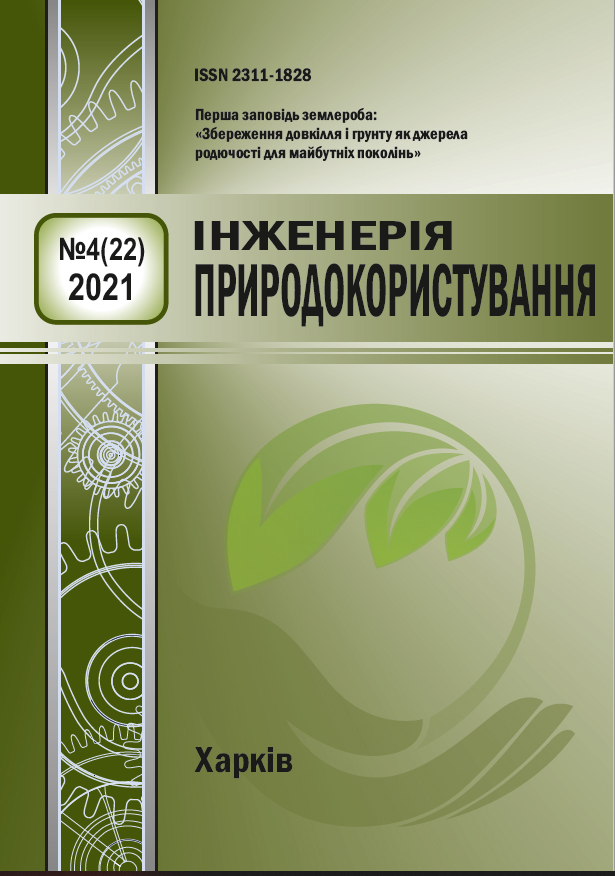Analysis and prospects of technological and design features of rotary working bodies for surface tillage
Abstract
The main task of agriculture is to meet the ever-growing needs of the population with ecologically clean plant growing food, animal husbandry - with fodder, and the processing industry - with agricultural raw mate-rials. A successful solution to this problem is possible under the condition of expanded reproduction of soil fertility, high field culture and crop yields.
Accordingly, the purpose of the study was to carry out a comparative analysis and perspectives of technological and design features of rotary working bodies for surface tillage in order to bring it to the op-timal state of growth of cultivated plants, using various working bodies of passive or active action.
The research was carried out by means of technological and structural analysis of technologies and machines for surface tillage. In the process of research, methods of comparison and mathematical model-ing of technological processes were used. The information base of the research was the works of Ukrainian and foreign scientists on technologies and machines for surface tillage.
On the basis of the comparative analysis and the prospects of technological and design features of ro-tary working bodies for surface tillage, evidence of their disadvantages: low speed of movement of the tool (up to 1.5 m/s) and, accordingly, low productivity; high frequency of rotation of the rotor shaft (540-1000 min-1), which leads to high energy consumption; high specific metal consumption and energy consumption of structures. The advantages of non-powered rotary working bodies include: the ability to work at high speeds (9-15 km / h and more), which allows you to more fully use the energy capabilities of modern high-speed, energy-rich tractors; relatively low energy consumption; simplicity of design; relatively high wear re-sistance; do not require careful maintenance and repair. Therefore, a promising direction for creating new designs of rotary openers is: simplifying the design, improving the quality of soil cultivation, and reducing the energy intensity of the process.

